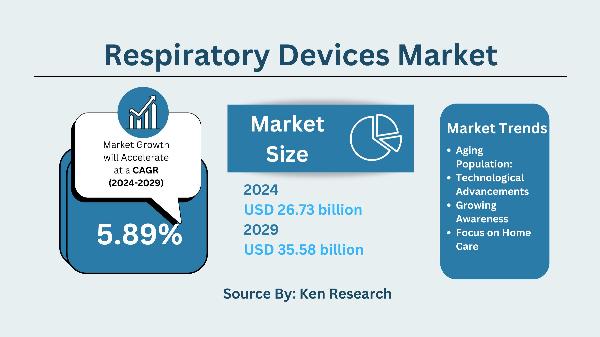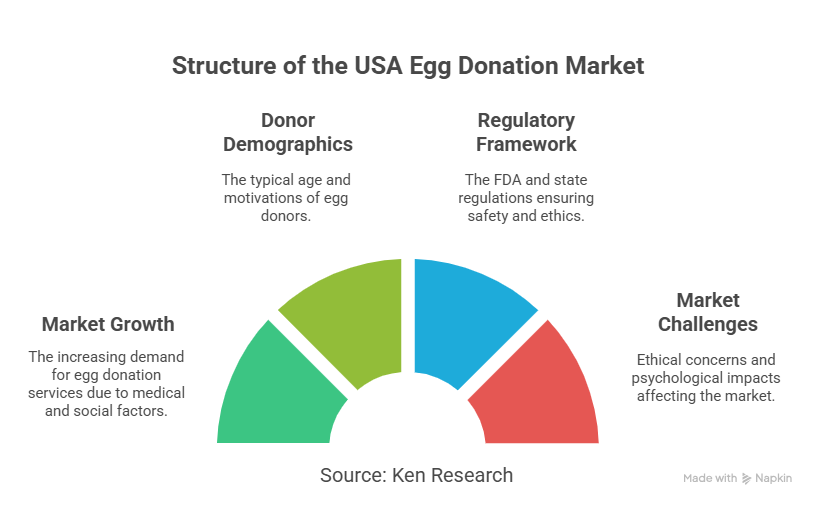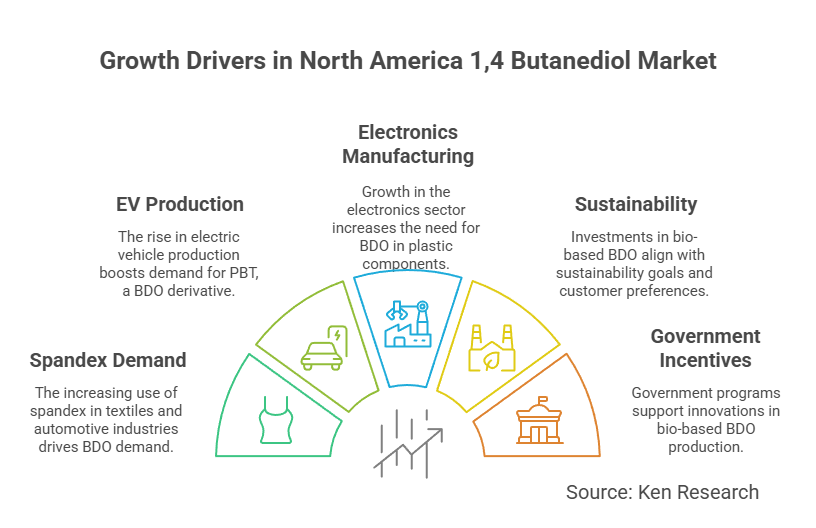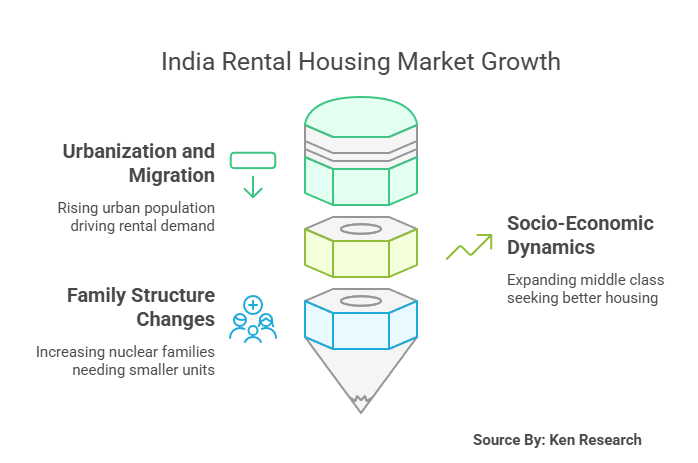The $22.3 Bn Indian Truck Market Growth, Opportunities and Forecast to 2028

Strong 8k brings an ultra-HD IPTV experience to your living room and your pocket.
The India Truck Market was valued at USD 22.3 billion in 2023, and it is poised for continuous growth driven by expanding infrastructure, rising industrial production, and the increasing demand for transportation. With the government's focus on enhancing road networks, the booming e-commerce sector, and the growing logistics industry, India’s truck market is on an upward trajectory. This growth is further supported by the emergence of electric and hybrid truck solutions and significant investments in the industrial sector.
Key Drivers and Leading Players
The India truck market is competitive, with key players such as Tata Motors, Ashok Leyland, Mahindra & Mahindra, BharatBenz, and Eicher Motors leading the charge. These companies have established themselves through innovation, strategic partnerships, and robust distribution networks.
In April 2024, Tata Motors reported 29,538 commercial vehicle sales, a 31% year-on-year increase, reflecting the growing demand for trucks in India’s transportation and logistics sectors.
Maharashtra has emerged as a dominant state in the market, owing to its well-developed infrastructure, strategic location, and robust industrial base, particularly in manufacturing and logistics.
Growth Drivers: What’s Fueling the Truck Market?
1. Expansion of Infrastructure
India’s infrastructure development is a key driver for the truck market. The government’s National Infrastructure Pipeline allocated Rs. 108 trillion (USD 1.3 trillion) to improve roads, highways, and industrial corridors. This investment will boost demand for heavy-duty trucks to support the construction and logistics sectors.
2. E-commerce Boom
The growth of e-commerce in India is a significant factor contributing to the truck market's expansion. In 2024, the need for efficient transportation solutions to support last-mile delivery has led to increased demand for light and medium trucks. Logistics companies are investing heavily in fleet expansion to meet the rising demand for faster, more reliable delivery services.
3. Industrial and Manufacturing Growth
India’s industrial sector, including manufacturing, has seen rapid growth. This has fueled the demand for trucks that transport raw materials, finished goods, and equipment. As industrial production surges, the demand for medium and heavy-duty trucks continues to grow.
Challenges in the India Truck Industry
1. Regulatory Compliance and Emission Norms
The introduction of Bharat Stage VI (BS-VI) emission norms in 2024 presents a challenge for truck manufacturers. Adhering to these stringent environmental standards requires significant investment in technology upgrades, increasing production costs and operational complexity.
2. Shortage of Skilled Drivers
India faces a persistent shortage of skilled drivers, with a deficit of 500,000 drivers reported in 2024. This shortage results in delays, higher operational costs, and inefficiencies in the logistics sector. Addressing this gap requires investments in driver training programs, better working conditions, and competitive compensation.
Government Initiatives Supporting the IndiaTruck Sector
1. Electric Mobility Promotion Scheme (EMPS)
The EMPS 2024, launched by the Ministry of Heavy Industries, aims to accelerate the adoption of electric vehicles (EVs), including electric trucks. With an initial budget of INR 500 crore, this initiative will support the transition to electric trucks, aligning with India’s sustainability goals.
2. National Logistics Policy
The National Logistics Policy, launched in 2022, seeks to reduce logistics costs from 14-18% of GDP to 8% by 2030. By enhancing infrastructure and adopting technological solutions, this policy is expected to streamline operations, reduce costs, and stimulate demand for trucks, particularly in logistics and e-commerce.
Future Outlook: What Lies Ahead for the India Truck Market?
The India truck market is poised for continuous growth through 2028, driven by the expansion of infrastructure, increased demand for e-commerce logistics, and industrial development. The focus on electric and hybrid trucks will play a pivotal role, as manufacturers and logistics companies adopt cleaner technologies to reduce emissions and meet regulatory standards.
Emerging Trends In this Industry
1. Technological Advancements in Telematics
By 2028, it is expected that most trucks in India will be equipped with advanced telematics systems. These systems will allow real-time data monitoring, route optimization, and enhanced fleet management. The integration of telematics will improve operational efficiency, reduce fuel consumption, and enhance safety.
2. Focus on Sustainability and Green Technologies
Sustainability will remain a major focus in the truck market. Electric and hybrid trucks, along with the use of alternative fuels, are expected to become more prevalent, driven by the government's push for cleaner mobility solutions and the growing demand for greener transportation options in logistics.
Conclusion
The Indian Truck Market is witnessing rapid growth, fueled by infrastructure development, booming e-commerce, and industrial expansion. The shift towards sustainable and technologically advanced trucks will shape the future of the market. As the government and industry players continue to invest in innovation and sustainability, the truck market in India is set for a promising future.
FAQs
Q1: What is the size of the Indian truck market?
The Indian truck market was valued at USD 22.3 billion in 2023 and is expected to continue growing in the coming years.
Q2: Which segments dominate the Indian truck market?
Heavy trucks dominate the market due to their essential role in infrastructure and industrial transportation, while the logistics sector leads the application segments.
Q3: What are the main growth drivers for the truck market in India?
Key drivers include infrastructure expansion, the e-commerce boom, and the growth of the industrial sector.
Q4: What are the challenges in the Indian truck market?
Challenges include regulatory compliance with emission norms and the shortage of skilled drivers.
Note: IndiBlogHub features both user-submitted and editorial content. We do not verify third-party contributions. Read our Disclaimer and Privacy Policyfor details.







